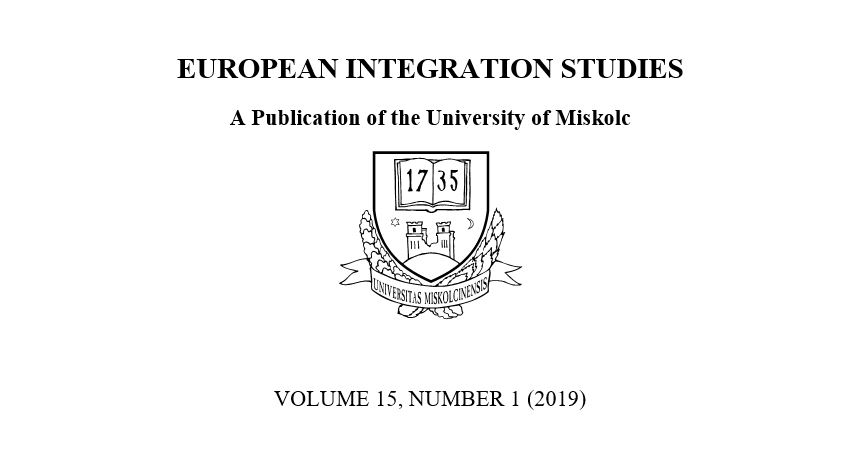POSSIBILITIES OF HUNGARIAN REINTEGRATION SURVEILLANCE – ELECTRONIC MONITORING
Kulcsszavak:
electronic remote monitoring device, house arrest, reintegration survillance, conditional releaseAbsztrakt
The electronic tracking system was born in the mid-1960s, from the idea of Robin Schwitzgebel, psychologist at Harvard University, who thought that his solution could be humane and cost-effective alternative to the institution of imprisonment.
The essence of the surveillance can be summarized as that the time when convicts are in reintegration surveillance is counted in the custodial sentence and, if limited, the prisoners regain their freedom, since the restriction of the actual freedom of movement and freedom of choice of commorancy lasts during the whole surveillance.
The notion of electronic remote monitoring device – that is used to enforce the reintegration surveillance – is defined in the Code 2013:CCXL as follows: ,,technical device used for following the movement of the sentenced or otherwise detained person”. Thus, reintegartion surveillance is carried out with a device that continously ensures that – if the detained person leaves the designated location of commorancy or movement area – it alerts the authorities immediately. According to Art. 187/A. (3) of the above mentioned Code: ,, Reintegration surveillance shall cease the total deprivation of liberty of the sentenced, but shall restrict his freedom of movement and freedom of choice of commorancy.





